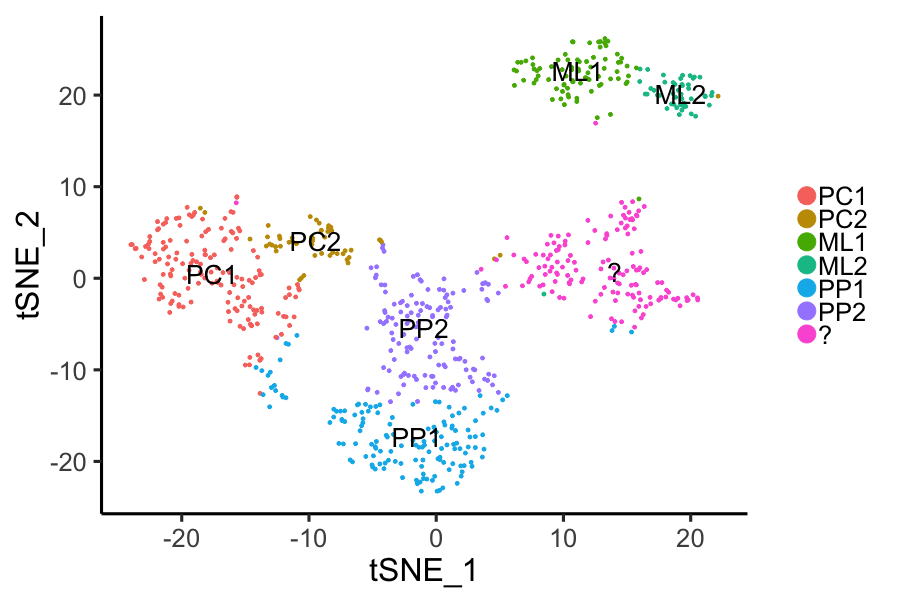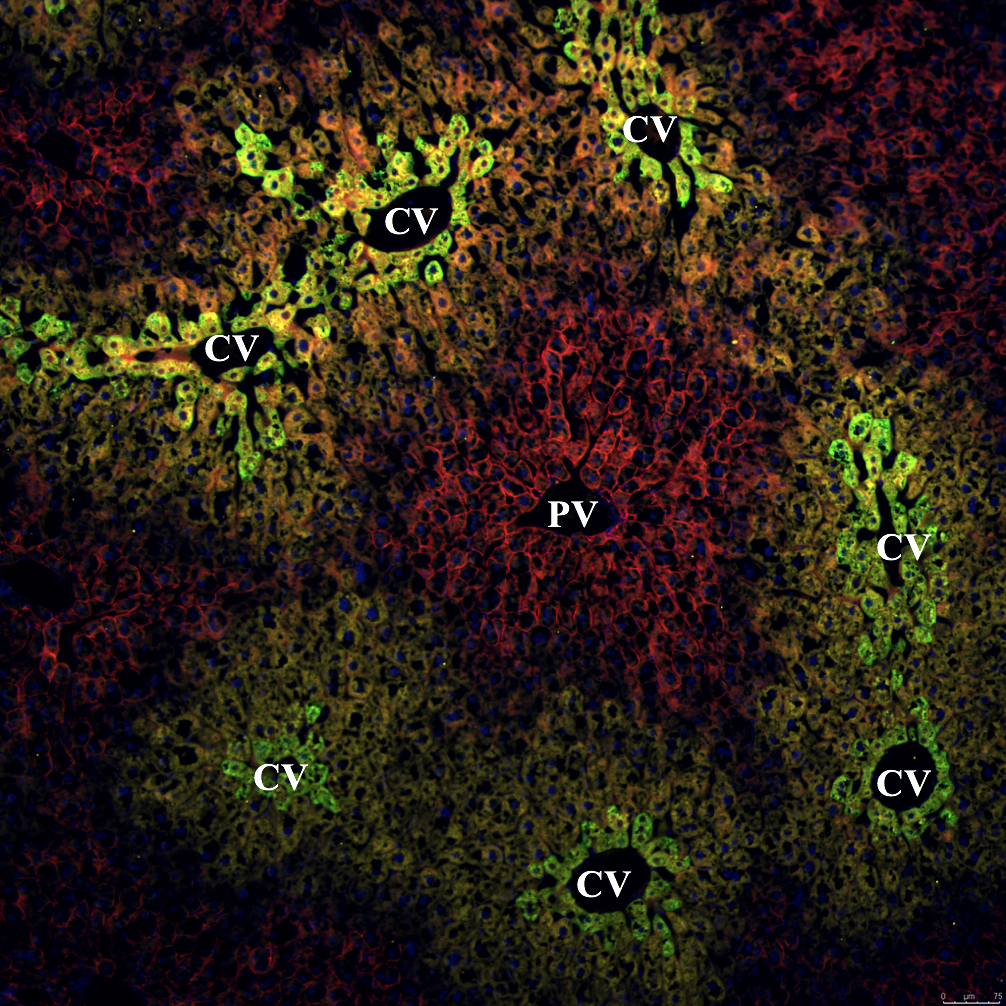Our lab aims to understand the molecular and cellular mechanisms that maintain the liver during health and disease. Our long-term goal is to improve the understanding of liver disease pathophysiology and develop novel methods of liver therapy. Ongoing research in our lab centers around the following areas:
1. Understanding functional heterogeneity of liver cells: . We previous identified a unique subpopulation of hepatocytes that function as hepatocyte stem cells and are responsible for maintaining hepatocyte turnover during homeostasis (Wang et al, Nature 2015). This suggests that hepatocytes are a heterogeneous cell type made up of functionally distinct cells. An ongoing project in the lab is to identify and characterize distinct hepatocyte and non-parenchymal cell populations in the liver. We helped generate one of the first single cell resolution liver atlases in mice across sex and age (Tabula Muris Consortium Nature 2018, Tabula Muris Consortium Nature 2020). We recently extended these efforts to the human liver (Tabula Sapiens Consortium, Science 2022) as well as other mammalian species including mouse lemur and naked mole rat.
2. Understanding the role of Wnt signaling in liver regeneration and carcinogenesis: We have an active research program studying the role of Wnt signaling pathway in liver regeneration and cancer carcinogenesis. We showed recently that Wnt signaling is induced and required for regeneration after chemical injury (Zhao et al, Hepatology 2019). Recently, we have characterized human hepatoblastomas which are associated with activating mutations in Wnt signaling, using single cell RNA sequencing and identified common tumor cell populations that drive the clinical outcomes in this cancer. We have also established patient-specific spheroid models of hepatoblastoma tumor cells and showed that they can be maintained long-term in culture (Song, bioRxiv 2021).
3. Understanding heme biosynthesis and the porphyrias in the liver: Heme is a prosthetic group in many hepatic metabolic enzymes and the liver is a major site of heme biosynthesis. Inherited disorders of heme synthesis result in the porphyrias, a family of rare diseases, and many affect primarily the liver. We use mouse models and leverage access to patients via the UCSF Porphyria Center to study hepatic heme biosynthesis and the porphyrias.






